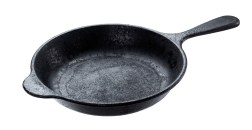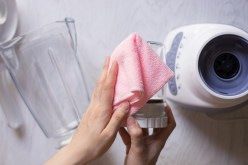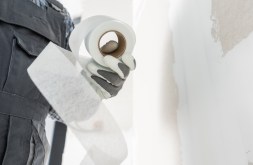How to Install Hoods Yourself: A Step-by-Step Guide
Hoods are an essential part of any kitchen, as they help to remove smoke, steam and odors from the cooking area. However, installing hoods can be a daunting task for many homeowners. In this article, we will guide you through the steps to install hoods yourself.
Choosing the Right Hood
The first step in installing a hood is choosing the right one for your kitchen. There are many types of hoods available in the market, including wall-mounted hoods, island hoods, and under-cabinet hoods. Consider factors such as your kitchen layout and the size of your stove before making a decision.
Once you have chosen the hood that best suits your needs, determine if it requires ductwork or if it can be installed without it. If ductwork is required, ensure that there is an existing duct system installed in your home or plan on hiring a professional to install one.
Preparing for Installation
Before starting installation, turn off power to the area where you will be working. Next, remove any cabinets or shelves above the stove where the hood will be mounted. This allows you to have easy access to the mounting location for proper installation.
Follow instructions provided by the manufacturer for proper placement and marking of holes on both sides of the hood bracket. This ensures that your hood is level and properly mounted on both sides.
Installing Your Hood
Once you have prepared properly for installation, it’s time to install your new hood. Begin by drilling pilot holes where you marked earlier before attaching screws with toggle bolts into each hole.
Next, attach ductwork if needed following manufacturer instructions carefully. Ensure that all connections are secure and tight before moving onto wiring.
Finally, connect power wires according to local codes and manufacturer instructions with twist-on wire connectors after turning off power supply at circuit breaker.
Testing and Maintenance
After installation, turn on the power supply and test your hood by turning it on. Ensure that the fan is working correctly and that air is being vented outside or filtered through the internal carbon filters.
To maintain your hood, clean it regularly with a non-abrasive cleaner to prevent buildup of grease and other debris. Replace carbon filters every six months if required or clean metal filters in dishwasher regularly.
In conclusion, installing hoods yourself can be a cost-effective solution for homeowners. By following these simple steps, you can have your new hood up and running in no time.
This text was generated using a large language model, and select text has been reviewed and moderated for purposes such as readability.





